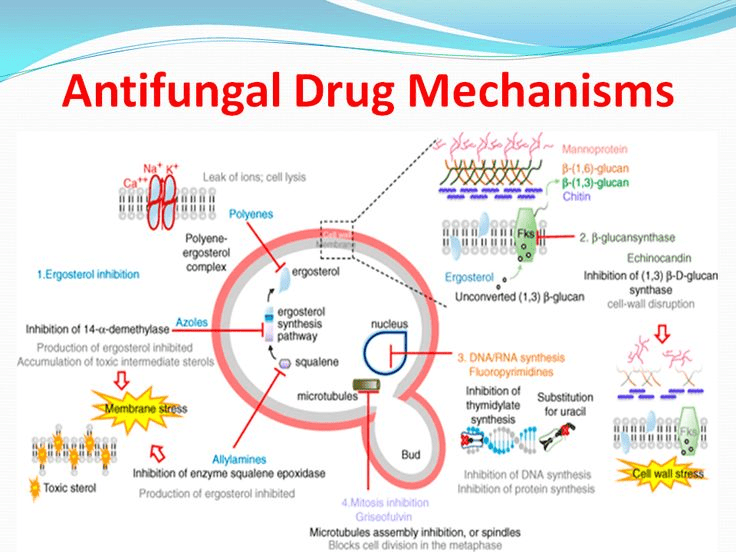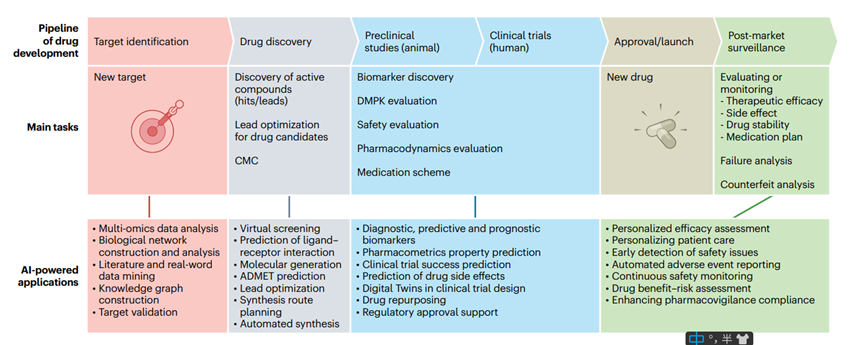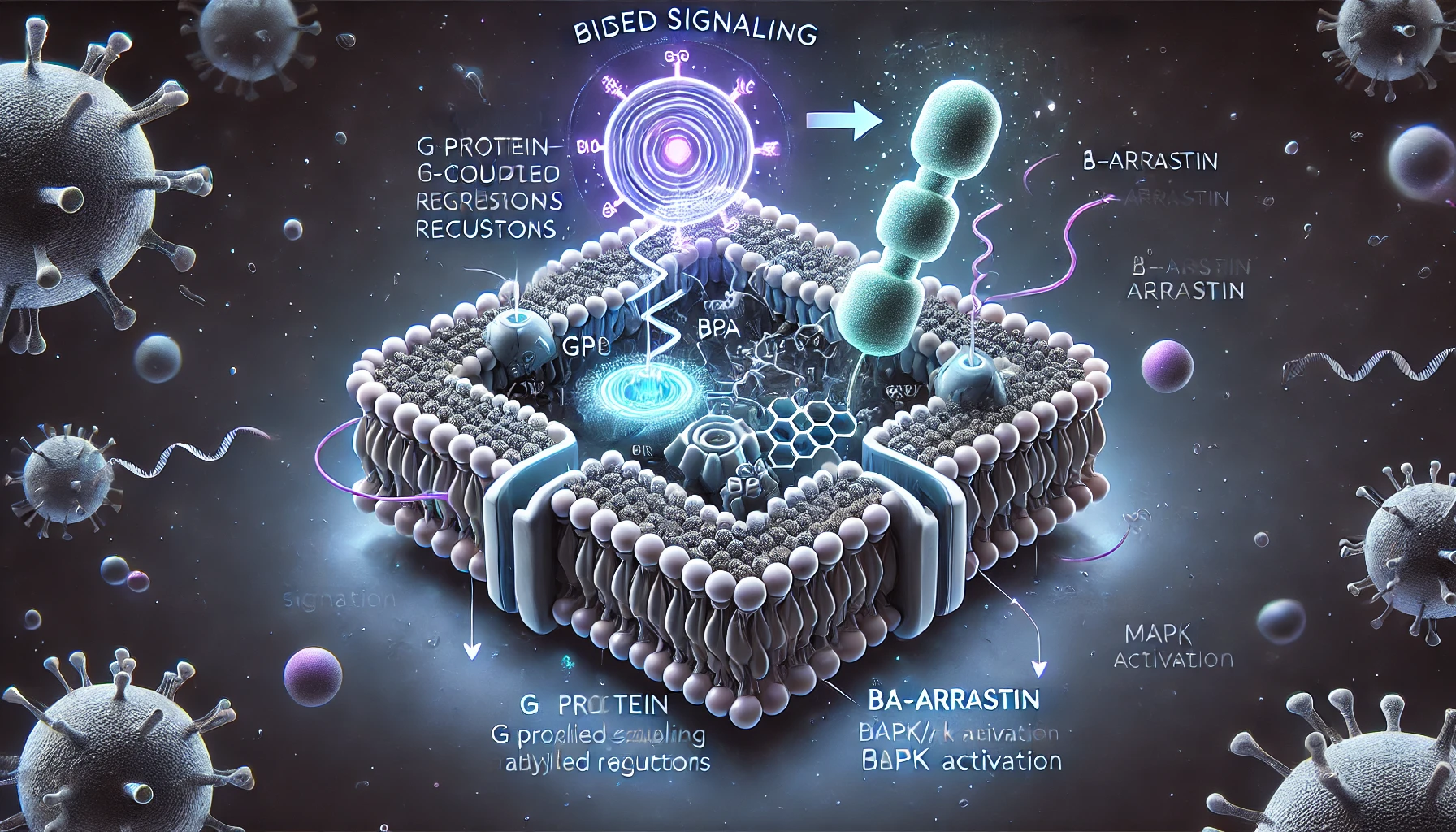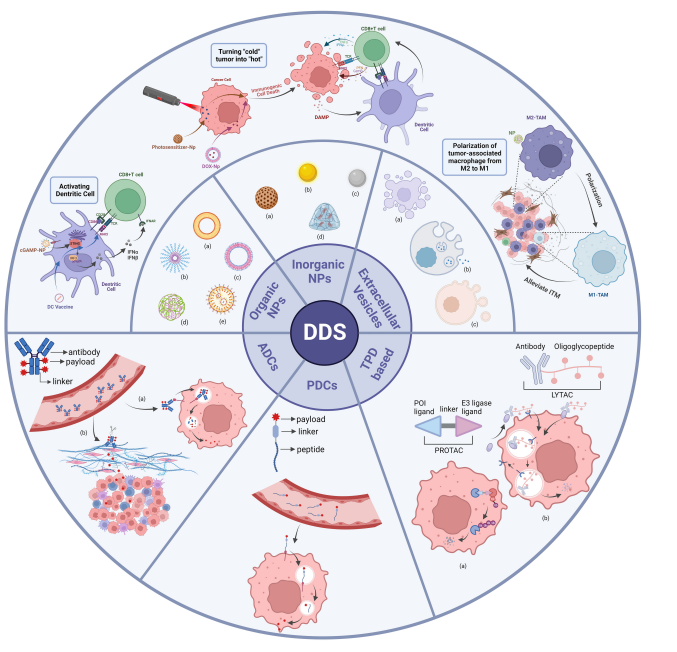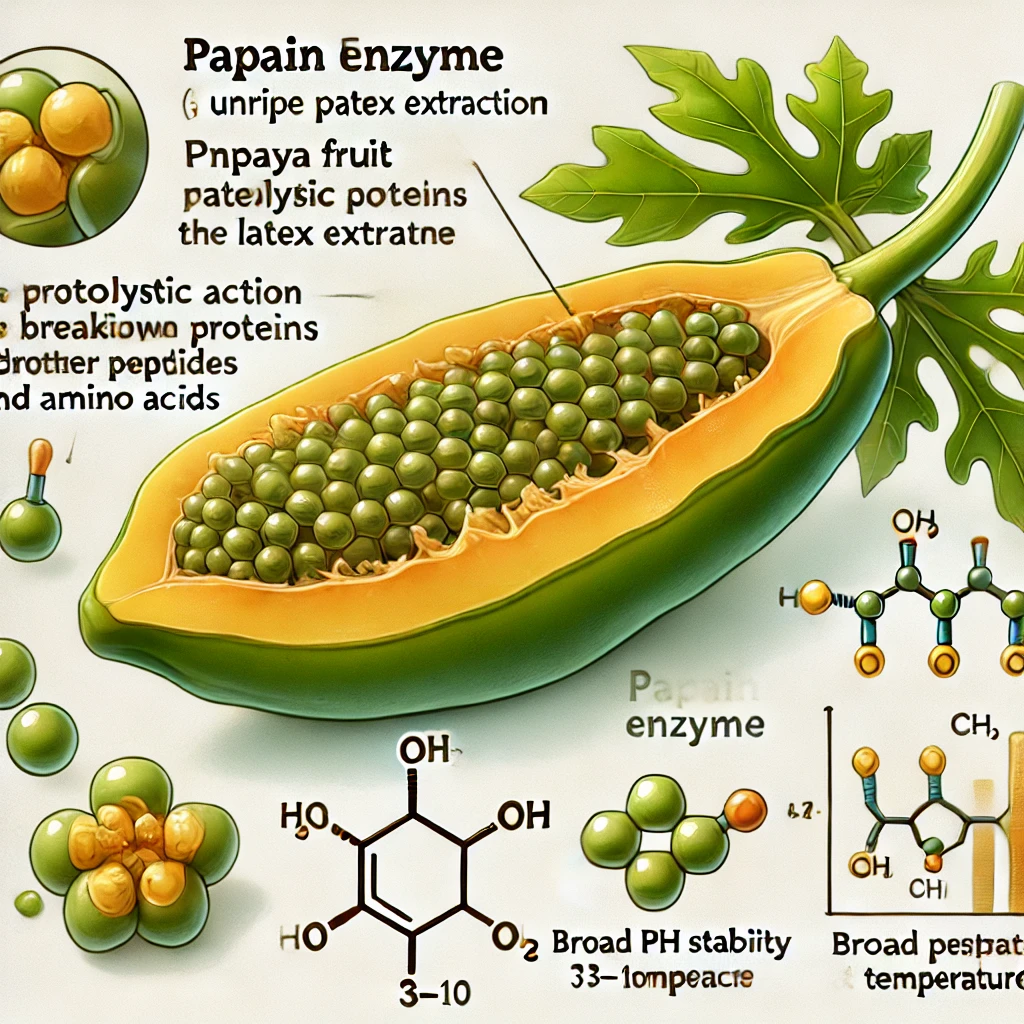Inventory of antifungal drugs: innovation and challenges coexist
Abstract
The paper discusses the increasing incidence of fungal infections, particularly in immunocompromised individuals, and highlights the limitations of current antifungal treatments, such as azoles, echinocandins, and polyenes. Despite some progress, antifungal drug development has been slow due to a lack of new drug targets and rising drug resistance. However, the paper highlights promising innovations such as nanoparticles, drug repurposing, and natural products that may offer improved efficacy and reduced resistance. Additionally, several new antifungal agents, including compounds like K21, Olorofim, VT-1161, and Rasafenibine, are described as having potential to treat resistant fungal infections. The research calls for continued efforts to overcome these challenges and accelerate the development of novel antifungal drugs.
Introduction
In recent years, the incidence of clinical fungal infections has been on the rise, especially in immunocompromised patients (such as HIV-infected patients, cancer patients or organ transplant patients). According to statistics, there are 13 million life-threatening fungal infections and 1.6 million deaths each year. Even with standardized antifungal treatment, the mortality rate is as high as 67%. However, antifungal drug targets are scarce, and existing antifungal drugs (azoles, echinocandins, polyenes and fluorouracils) have certain limitations in treating systemic infections. Most therapies only target a few fungi, such as Candida albicans and Aspergillus. Although these drugs are effective, they are limited by toxicity, drug interactions, limited clinical efficacy and antifungal drug resistance, which complicates treatment strategies. In the past 20 years, the discovery of new antifungal drug targets has been limited, which has restricted the development of new antifungal drugs, and the progress of innovative drugs on the market has been slow, and antifungal therapy faces challenges. However, it cannot be ignored that innovative drugs such as nanoparticles, drug repurposing and natural products have also shown potential in improving efficacy and reducing drug resistance.
Compound K21
K21 is a silica quaternary ammonium salt compound containing tetraethoxysilane that has been used as a broad-spectrum antiviral and antibacterial compound. It acts primarily through membrane disruption, leading to rapid fungal cell death. It has significant antifungal activity against fluconazole-sensitive and -resistant Candida species, including Candida albicans, Candida glabrata, and yeast. When used in combination with fluconazole, a synergistic effect is observed.
Olorofim (F9013_118)
A class of antifungal agents belonging to the olotoxamide class, originally discovered by in vitro screening of a small molecule library against Aspergillus. It selectively inhibits dihydronicotinic acid dehydrogenase, can interfere with pyrimidine biosynthesis, cell wall remodeling and apoptosis, and is a strong candidate for the treatment of drug-resistant fungal pathogens. Olorofim is currently in Phase II clinical trials.
VT-1161 (Oteconazole)
A tetrazole antifungal designed to target a key component of the fungal cell membrane. VT-1161 has inhibitory effects on traditional azole antifungals such as fluconazole. In a recent study, VT-1161 inhibited monomicrobial biofilms formed by Beauveria bassiana, Klebsiella pneumoniae and Staphylococcus aureus, as well as double biofilms formed by Beauveria bassiana, Klebsiella pneumoniae and Staphylococcus aureus.
T-2307
T-2307 is a novel arylamidine compound with potent antifungal activity against Candida albicans, Cryptococcus, and Aspergillus. T-2307 has significant efficacy against Candida tropicalis, a pathogen known for its biofilm formation, which enhances its virulence and drug resistance.
Ibrexafungerp (formerly SCY-078 and MK-3118)
This triterpenoid antifungal drug, marketed as Brexafemme, is the first oral β-(1,3)-D-glucan synthase inhibitor. It has been approved by the U.S. Food and Drug Administration for the treatment of vulvovaginal candidiasis and recurrent vulvovaginal candidiasis.
Fosmanogepix (FMGX)
FMGX is a prodrug that is metabolized to an active form and targets the fungal Gwt1 enzyme involved in the biosynthesis of glycosylphosphatidylinositol (GPI), which is essential for the integrity and pathogenicity of the fungal cell wall. It is effective against a variety of pathogens, including Candida strains resistant to fluconazole and echinocandins and Aspergillus strains resistant to azoles, especially against difficult-to-treat pathogens, with high bioavailability and oral and intravenous formulations that provide therapeutic flexibility.
Rasafenibine
Formerly CD101, it is a new generation of echinocandin drugs. Its notable features are enhanced pharmacokinetics, which enable once-weekly dosing and can be administered intravenously, subcutaneously and topically. It has broad-spectrum antibacterial activity against a variety of fungal pathogens, including Candida and Aspergillus, as well as azole-resistant strains. It is particularly effective against Candida albicans, Candida albicans, Candida glabrata and Candida tropicalis, showing similar or stronger activity than azoles.
PQA-Az-13
PQA-Az-13 is a newly synthesized mixed antifungal compound designed to combat multidrug-resistant Candida yeast pathogens. This compound has not been evaluated on other fungal species, disrupts biofilm formation, and exhibits potent antifungal activity. The minimum inhibitory concentration (MIC) is 0.67 to 1.25 μg/mL, which is lower than fluconazole.
AM-2-19 (SF001)
AM-2-19 (SF001) is a newly developed investigational polyene antifungal drug that has been optimized to reduce nephrotoxicity while maintaining potent antifungal potency. Higher doses can be administered without significant nephrotoxicity, and AM-2-19 has broad-spectrum antifungal activity. In animal models of candidiasis, aspergillosis, and myxosporidium, AM-2-19 exhibited dose-dependent efficacy, with higher doses resulting in more complete fungal eradication. It is a major advance in antifungal therapy, especially promising for the treatment of invasive fungal infections in immunocompromised patients.
N′-phenylhydrazine
N′-phenylhydrazine is a newly synthesized class of antifungal compounds used against fluconazole-resistant Candida albicans strains. Among the synthesized N′-phenylhydrazine compounds, several compounds showed strong antifungal activity and were superior to fluconazole in combating fluconazole-resistant Beauveria bassiana strains. Compound A11 showed the best inhibitory activity.
Natural extracts
Natural antifungal agents are compounds extracted from plants, bacteria, fungi and other natural sources that have evolved to protect host organisms from pathogenic microorganisms, including fungi. They have multiple advantages, including lower toxicity, less environmental impact, and the potential to target multiple fungi simultaneously. Such as alkaloids γ-amidine D, siolactam G, polyketones Dicitrinone E, Plakortide F, peptides Rhodopeptins, essential oils lemongrass oil, citronella essential oil, bacterial extracts such as Swertia scutellariae.
Nanomedicine
Nanoparticles and green synthetic materials as antifungal compounds Nanotechnology provides a promising platform, especially nanoparticles with antibacterial properties. Such as magnetic nanoparticles and silver nanoparticles.
The research on antifungal drugs has been slow, and in-depth research is expected to accelerate the update of new antifungal drugs. I believe that in the near future, the research and development of antifungal drugs will achieve greater breakthroughs.
References
- Niño-Vega GA, Padró-Villegas L, López-Romero E. (2024). New Ground in Antifungal Discovery and Therapy for Invasive Fungal Infections: Innovations, Challenges, and Future Directions. J Fungi (Basel), 10(12), 871. Link
- Bharathi D, Lee J. (2024). Recent Advances in Marine-Derived Compounds as Potent Antibacterial and Antifungal Agents: A Comprehensive Review. Mar Drugs, 22(8), 348. Link

